Grocery Guides
Cheese Alternatives – All You Need to Know | Instacart’s Guide to Groceries
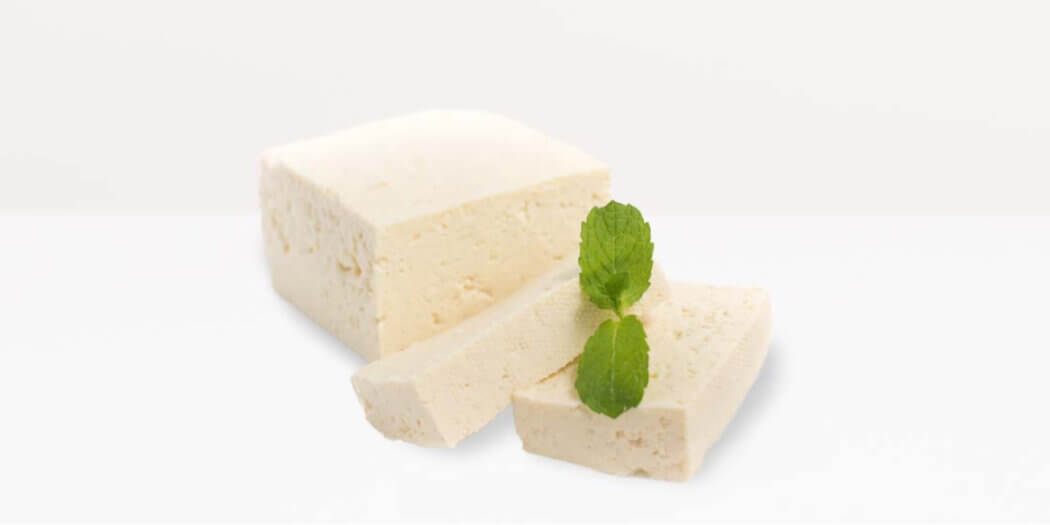
What are cheese alternatives?
Cheese alternatives are substitutes for dairy cheese. They are not made with any animal products and so are often also called plant-based. Because of this, these cheese substitutes are well-suited for vegans and people with dairy allergies and intolerances.
This may surprise you at first, but cheese alternatives are incredibly versatile. They can be used in virtually all simple and complex recipes that call for dairy cheese, from risotto to pizza and more. They can even be enjoyed as a humble snack—for example, in a grilled cheese—or elevated in an alternative cheese platter.
Today, there are dozens of cheese alternatives on the market. These include cheddar, mozzarella, Parmesan, queso, Feta, Monterey Jack, Provolone, Gouda, cream cheese, and even Camembert. If you can think of a type of cheese, chances are there’s already a substitute for it.
Where did cheese alternatives originate?
The first cheese alternatives were invented in China. By the 16th century, fermented tofu (called doufu-ru) was already popular and paired with many foods to create delicious dishes. This isn’t quite what we today associate with cheese alternatives, as it doesn’t melt or look like cheese.
While it’s taken many centuries for cheese alternatives to spread to other parts of the world, business has been booming recently. In the past decade or so, these alternatives have become popular as more and more people adopt a plant-based lifestyle in Europe and North America.
Now, you can walk into any major retailer in a metropolitan area and find a fridge stocked with cheese alternatives. Often, you’ll see them right next to the dairy section.
How are cheese alternatives made?
Cheese alternatives can be made from a bunch of different ingredients. It’s up to each manufacturer to decide how they’ll make their plant-based dupes. Most commercial cheese alternatives have a few (if not all) of the following ingredients:
- A source of protein, for example, tofu, soybeans, and pea protein
- Some fat, usually coming from plant-based milk, nuts, seeds, or coconut oil
- A thickening agent, such as tapioca or corn starch
Frequently, other ingredients are added to cheese alternatives. Whether it’s food colorings to make plant-based options more like their dairy counterparts or spices and seasonings to give them a boost of flavor, all products are unique. Some are even fermented, aged, and cured, following the same process done to dairy cheeses.
Before they’re packaged, cheese alternatives are shaped into a variety of formats. Some are shredded, so you can easily top your food. Others are sliced for the convenience of making sandwiches and wraps. Others are blended until they have a smooth consistency and can easily be spread on toast. And others are left as a block, so you can decide what to do with them.
What is the nutritional value of cheese alternatives?
Because there are so many kinds of cheese alternatives, each product has its own nutritional information. For example, a cheese that uses coconut oil as its main ingredient is very different from one primarily made from tofu. You will have to read the labels to know how many calories each portion has.
Despite all that, most cheese alternatives are lower in calories, saturated fats, and cholesterol than dairy cheeses. Additionally, since many plant-based substitutes are fortified with B12 and riboflavin, you can also get a substantial amount of those nutrients.
The main downside that cheese alternatives have over traditional cheese is that they’re generally lower in vitamins A and D and calcium.
How do you pick cheese alternatives at the grocery store?
Don’t be intimidated by the wide variety of cheese alternatives available at the store. First, think of what you’ll be using it for. If you’re following a recipe, get the same type of product the recipe calls for. If you’re winging it, ask yourself some questions: Do you need it to make a creamy sauce, or are you looking for that delicious cheese pull?
You’ll be able to tell which product you should get just by looking at the packaging. “Melts well,” “smokey flavor,” and “cheese stretch” are all words manufacturers use to describe their products.
If you are looking to have your groceries delivered, you can easily shop for cheese alternatives via Instacart. After adding a product to your cart, use the “Instructions” option to notify your Instacart shopper about any preferences or specific directions on how to choose the best products. Shop for cheese alternatives.
How to store cheese alternatives
Cheese alternatives should be stored in the fridge, both when they’re still in a sealed package and after you’ve started using them.
What is the shelf life of cheese alternatives?
If kept in the fridge, a closed package of dairy-free cheese will keep for 3 to 4 weeks. When in doubt, follow the “best by” date printed on the packaging. Once opened, cheese alternatives should be used up within a week.
How to tell if cheese alternatives are bad
When cheese alternatives go bad, you’ll see mold growing and notice a foul smell. Immediately toss the product away and wash your hands.
What can I substitute for cheese alternatives?
If you can’t get your hands on cheese alternatives, try using nutritional yeast. This seasoning is vegan and gives all dishes a cheesy, nutty flavor. Plus, it’s easy to find B12-fortified recipes, so you can have an easier time meeting your daily needs.
Where to find cheese alternatives near me?
Start cooking with your favorite cheddar, mozzarella, or other cheese alternatives without ever leaving the house when you order via Instacart. Thanks to same-day delivery, your plant-based cheese will be at your doorstep in under 2 hours. This way, you can spend more time coming up with a mouthwatering recipe and no time browsing the aisles for the cheese alternative you’re looking for.
Grab it now on Instacart:
Most Recent in Grocery Guides

Grocery Guides
15 Tasty Ice Cream Alternatives: Yogurt, Shaved Ice & More
Ice cream has been a beloved treat for generations. With its rich flavors and smooth texture, it’s no wonder people choose ice cream when looking for dessert. However, as dietary restrictions and health consciousness evolve,…...
Apr 10, 2024![When Is Artichoke Season? [Recipes + Guide]](https://www.instacart.com/company/wp-content/uploads/2024/03/when-is-artichoke-season-hero-447x224.webp)
Grocery Guides
When Is Artichoke Season? [Recipes + Guide]
Quick Answer When is artichoke season? In North America, artichoke season is from March to May, with smaller batches in October. Artichokes are a unique and versatile vegetable known for its tender heart and delicate…...
Mar 6, 2024
Grocery Guides
Brown Eggs vs. White Eggs: How Are They Different?
Eggs are an essential ingredient in many sweet and savory recipes. The possibilities are endless when it comes to using these protein-packed powerhouses — you can scramble, fry, boil or poach eggs, or you can…...
Feb 24, 2024

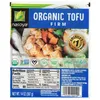
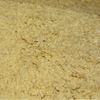
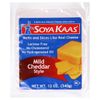
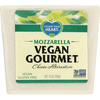
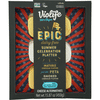

 Squash – All You Need to Know | Instacart Guide to Fresh Produce
Squash – All You Need to Know | Instacart Guide to Fresh Produce  Ghost Pepper – All You Need to Know | Instacart Guide to Fresh Produce
Ghost Pepper – All You Need to Know | Instacart Guide to Fresh Produce  Sprouts – All You Need to Know | Instacart Guide to Fresh Produce
Sprouts – All You Need to Know | Instacart Guide to Fresh Produce 

